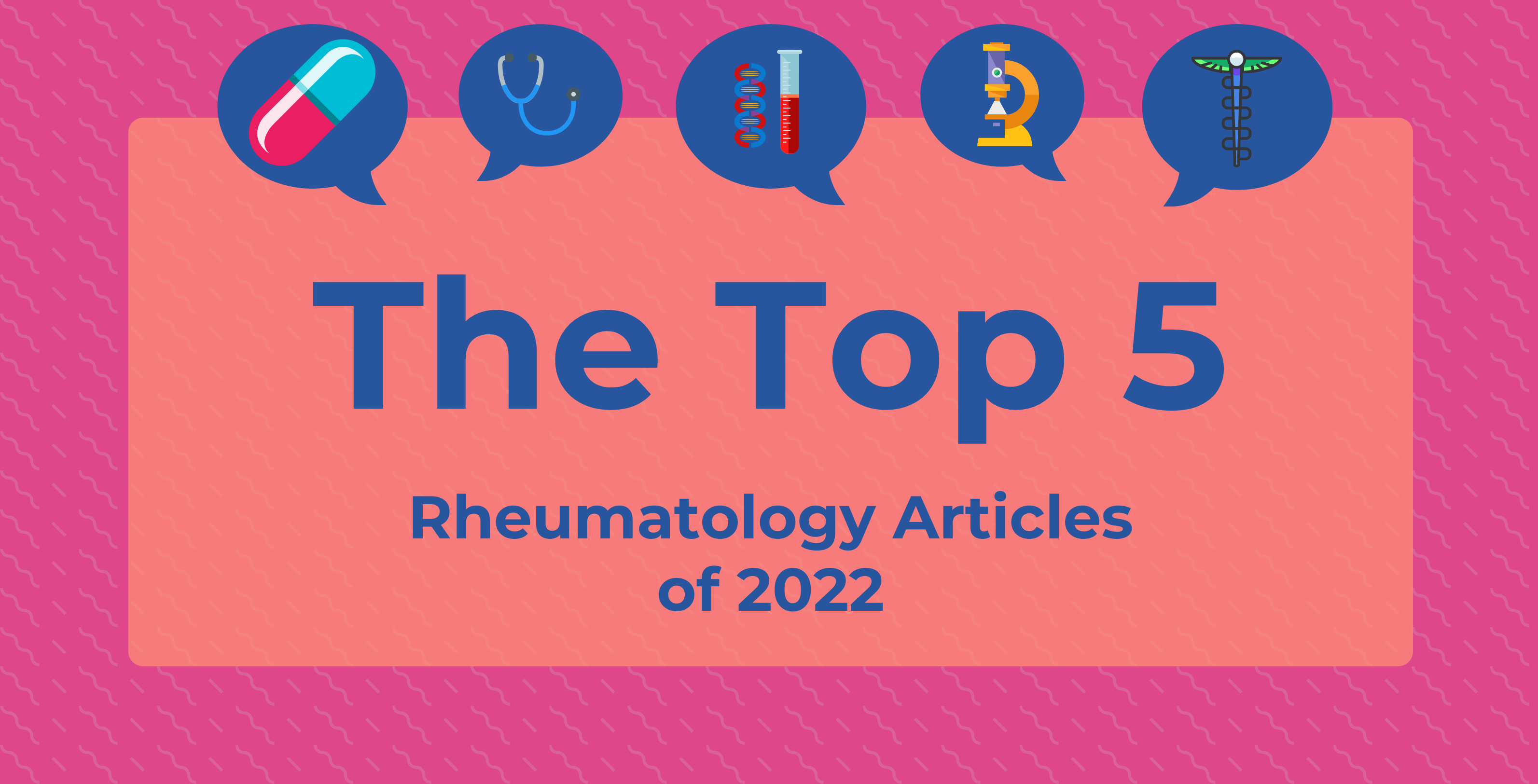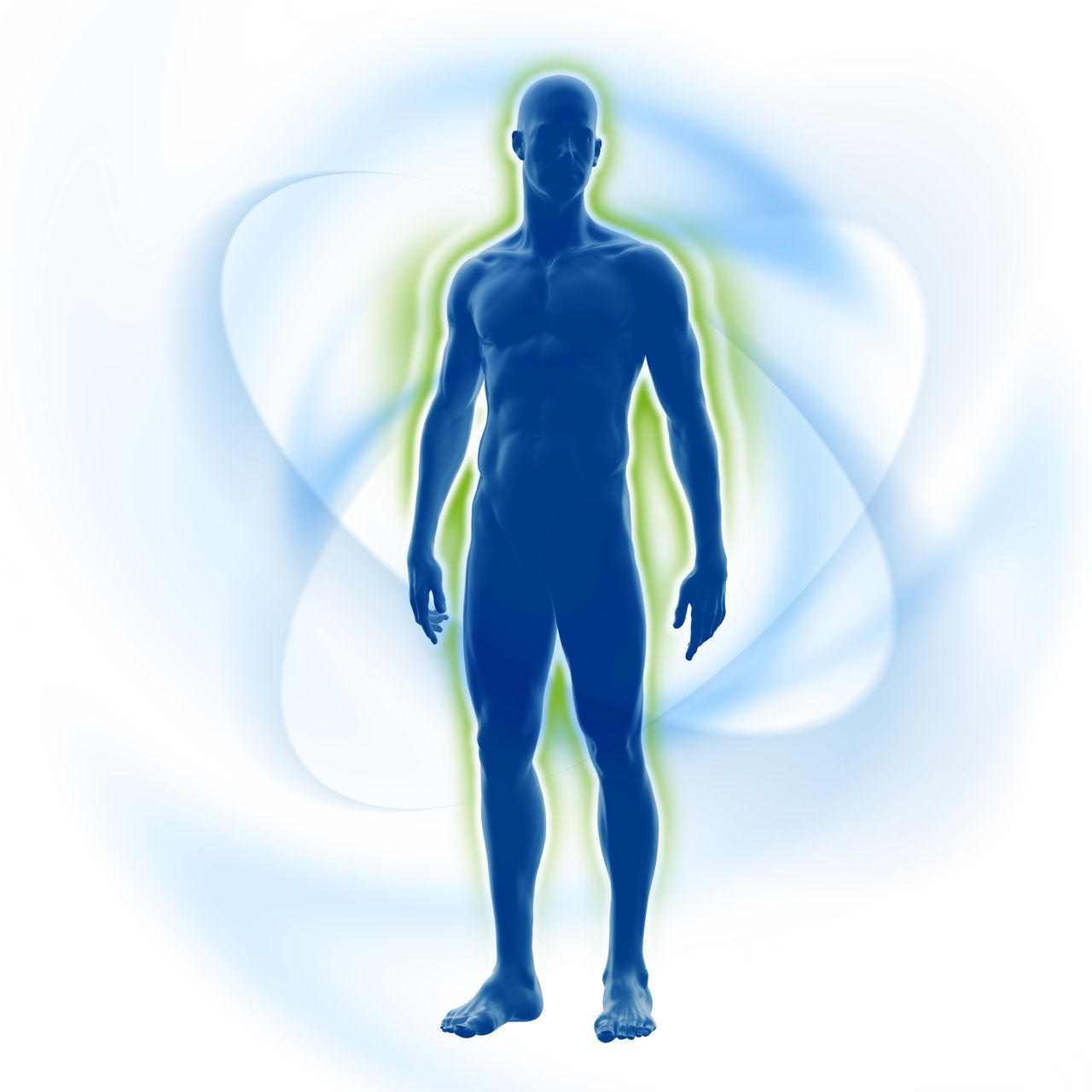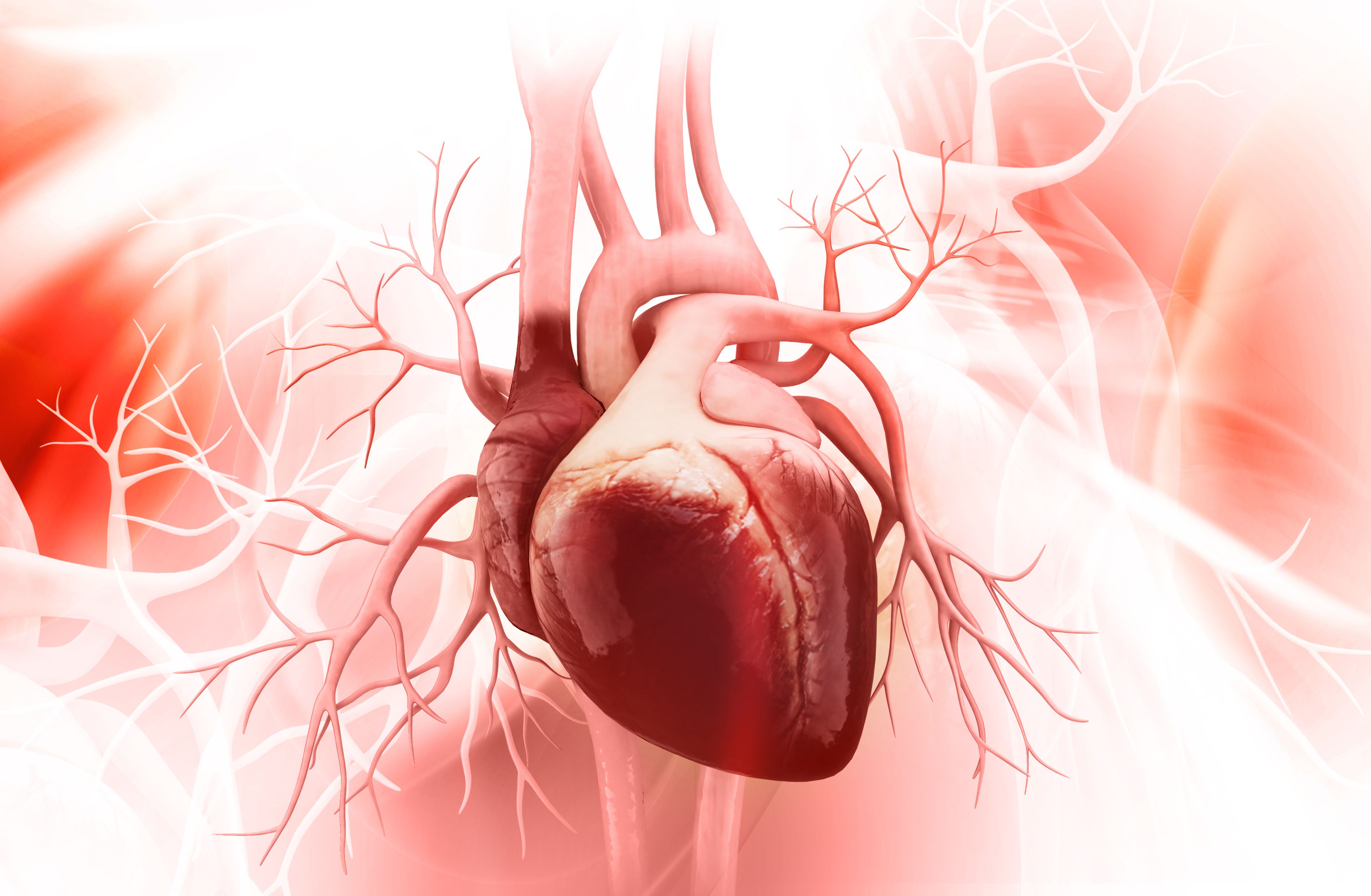Article
Review Explains Role of IL-11 in Inflammatory Diseases
Author(s):
Circulating Interleukin-11 is difficult to detect in healthy individuals, but when it is present in various inflammatory diseases, it has an elevated present in affected tissues, according to a literature review.
Circulating Interleukin-11 (IL-11) is difficult to detect in healthy individuals, but when it is present in various inflammatory diseases, it has an elevated presence in affected tissues, according to a literature review. The review, published online in Cytokine, will appear in the January 2022 issue of the journal.
Whether the elevation of IL-11 is pathogenic or a natural host response to restore homeostasis has not been made clear for many diseases.
This review summarized the current literature describing roles for IL-11 in several inflammatory diseases and the emerging therapeutic interest in modulation of IL-11 signaling within these diseases.
IL-11 production by both immune and non-immune cells is not as well-characterized.
Signaling. In the overview of IL-11 signaling, the authors explained that the cytokine can exert various immunological activities within both the innate and adaptive immune processes. “IL-11 is a 19-kDa protein with a typical type-1 four α-helical bundle,” the authors explained, adding that it is part of the IL-6 family of cytokines.
IL-6 is the most comprehensively characterized member of the cytokine family, which also includes leukemia inhibitory factor, Oncostatin M, ciliary neurotrophic factor, cardiotrophin-1, cardiotrophin-like cytokine, neuropoietin, IL-27, and IL-31.
“In vitro studies have shown that IL-11 can directly modulate macrophage activity through inhibition of TNF-α, IL-1β and IL-12 production,” they wrote. “Consistent with this, recombinant human IL-11 has been shown to down-regulate serum TNFα and IL-1β levels in a murine model of endotoxemia.”
This suggests IL-11 acts as an anti-inflammatory cytokine through modulation of the effector function of macrophages.
It also been shown to play a role in the differentiation of B and T cells, as IL-11 promoted immunoglobulin G (IgG) and M (IgM) production when B cells were co-cultured with T cells and macrophages. However, it did not directly effect purified B cells, which implies the promotion of antibody production was mediated indirectly through T cells or macrophages.
Role in RA, other diseases. The authors also outlined current literature surrounding IL-11 and autoimmune diseases, including rheumatoid arthritis (RA), multiple sclerosis, type 1 and type 2 diabetes, and systemic sclerosis. Additionally, inflammatory pathologies such as asthma, chronic obstructive pulmonary disease, inflammatory bowel disease, psoriasis, periodontitis, and pancreatitis were heavily covered in various publications.
In patients with RA, the IL11 gene has been detected in the synovial tissue and the IL-11 protein has been identified in the synovial fluid and is undetectable in healthy controls. Experts believe macrophages and fibroblasts are likely the main cellular sources.
“More recently, RNA-seq analysis showed that IL11 was one of the most highly upregulated genes produced by human synovial fibroblasts when co-cultured with a subtype of pro-inflammatory macrophage,” the authors said. “Interestingly, the increased IL11 expression was dependent on the EGFR signaling pathway, because the expression of IL11 was abolished when the human synovial fibroblasts were treated with an EGFR inhibitor.”
They also mentioned that IL-4—which promotes generation of Th2 cells—has been shown to inhibit IL-11 production by rheumatoid synovial cells. However, contributions of IL-11 signaling to the pathogenesis of RA is unclear, and the included studies on RA did not define how IL-11 modulated inflammation.
“A more detailed understanding of the biology of IL-11 is required in order to best determine whether inhibition of signaling by this cytokine is appropriate in different disease contexts,” the authors concluded.
Reference
Fung KY, Louis C, Metcalfe. RD, et al. Emerging roles for IL-11 in inflammatory diseases. Cytokine. Published online doi:10.1016/j.cyto.2021.155750




